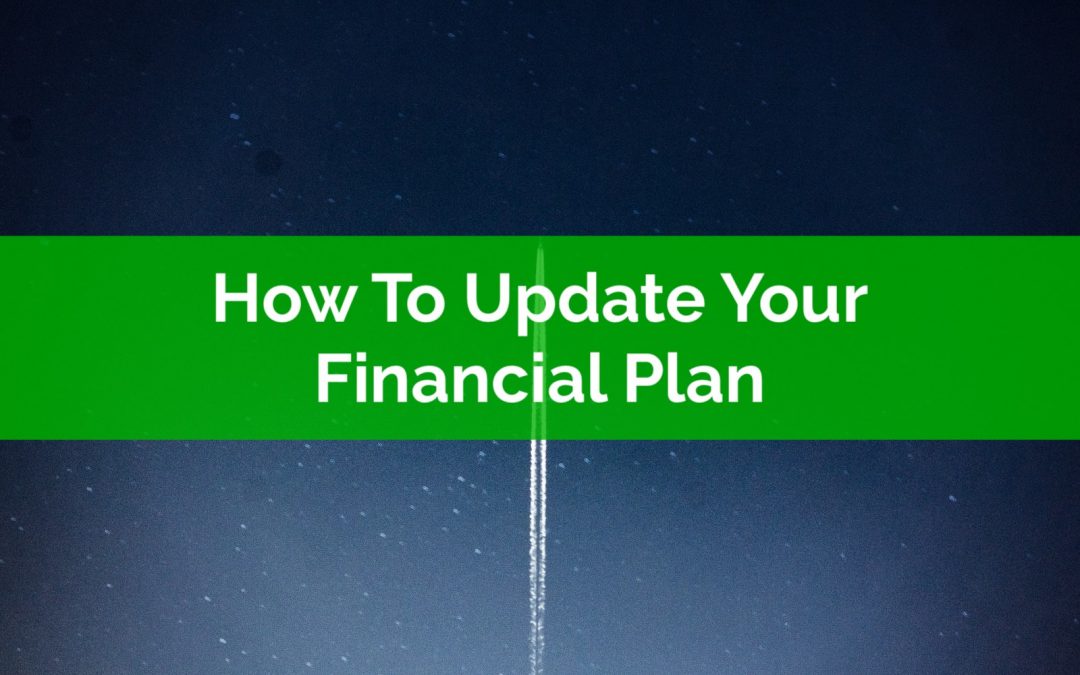
by Owen | Jan 23, 2022 | Buying A Home, Down Payment, Financial Goals, Financial Planning, Insurance And Risk Management, Saving Money
Life insurance is important, but how much life insurance should you purchase? How much money does life insurance cost? And how can you fit the monthly premiums into your current budget?
These are important questions. Life insurance is an important tool, and it can be relatively inexpensive, but the cost of life insurance can quickly change depending on certain factors.
Life insurance is important when you have people who are dependent on your income. Young families in particular have a high need for life insurance, but at the same time, young families also have a lot of demands on their cash flow.
Purchasing affordable life insurance is an important part of a financial plan and the cost of life insurance needs to fit into monthly spending without causing a lot of stress.
In this post we’ll explore some life insurance costs for a family in their 30’s with a young child. We’ll see how life insurance costs can vary depending on certain factors. We’ll also see how much life insurance costs in a real life situation.

by Owen | Jan 3, 2022 | Financial Goals, Financial Planning, Retirement Planning
Despite being extremely sophisticated, a rocket ship only gets to its destination by making small adjustments along the way. These adjustments help account for small changes in weather, weight, fuel efficiency etc.
Personal finances are very similar, it’s not nearly as complicated as rocket science of course, but to reach our target we need to make small adjustments to our personal finances along the way. These adjustments help account for changes in income, increases in spending, changes in our situation and goals etc.
A financial plan isn’t meant to be static. A financial plan is meant to be dynamic and ever evolving.
For that reason, a financial plan should be updated at least once per year.
And one of the best times to update a financial plan is in the new year. With changes in tax rates and gov. benefits, upcoming RRSP contribution deadlines, and tax season approaching, it’s a natural time of the year to revisit personal finances.
There are a few key areas in a financial plan that should be updated each year…

by Owen | Dec 26, 2021 | Behavioral Finance, Budgeting, Financial Goals, Financial Planning
Here we go again! It’s time for the New Year! It’s time for New Year’s resolutions and time for new beginnings (and it’s time to recover from all that holiday spending!)
After indulging in the gifts and the treats, a New Year’s resolution is the perfect time to change course, it’s the perfect time to focus on your personal finances, and there are lots of great financial goals to choose from!
Did you know that about half of us make a New Year’s resolution each year? While dieting, exercise, and eating right always seem to top the list, this year you should consider making a New Year’s resolution that is focused on your personal finances.
A New Year’s resolution is the perfect way to make a positive change in your life and it’s a great time to make a change to your personal finances too. The new year is the perfect time to reflect on your personal finance routine, take stock of your situation, and choose a great financial goal to focus on in the new year.
Why wait? Start your New Year’s resolution now. Don’t put all that pressure on New Year’s, start your resolution today!
If you’re looking for some inspiration we’ve got 18 great financial goals for your New Year’s resolution.

by Owen | Nov 29, 2021 | Financial Planning, Government Programs, Retirement Planning, Tax Planning
Did you know that there is an RRSP age limit? After a certain age you can no longer contribute to your RRSP. This is the same age limit that requires you to convert your RRSP to a RRIF.
The rule is, by the end of the year you turn age 71, you must convert your RRSP to a RRIF and you can no longer make RRSP contributions.
It doesn’t matter if you turn age 71 in January or in December, by the end of that year no more personal RRSP contributions can be made and the RRSP must be converted to a RRIF.
Interestingly, although you can’t contribute to a personal RRSP you can continue to earn RRSP contribution room after age 71. If you earn employment income at age 71 or beyond, then you’ll also earn more RRSP contribution room at the typical rate of 18% of earned income.
Seems odd, doesn’t it? You can earn RRSP contribution room after age 71 but you can’t use it (unless you’re in a specific situation which we’ll talk about below).
Similarly, if you have lots of unused RRSP contribution room, this will also carry forward past age 71 too. You might have RRSP contribution room available to use, but you won’t be able to contribute to a personal RRSP.
If you can’t use this RRSP contribution room then why does the CRA track it at all?
Well, there are a few things that can be done to get around the age limit for RRSP contributions and, in the right situation, this could provide some large tax reductions and/or government benefit increases.

by Owen | Nov 15, 2021 | Behavioral Finance, Buying A Home, Down Payment, Financial Planning
One disconcerting phenomenon we’ve noticed recently is that many people, if they had to purchase their home again today, likely couldn’t afford it.
With changes to down payment rules and mortgage qualification, plus the recent increase in home prices, the “numbers” needed to qualify for a home purchase are higher than ever.
The fact is that many people, if they were to purchase again today, would be priced out of their own homes!
There are a few reasons for this, which we’ll explore below, but based on affordability today, many of us might not be able to afford the home we live in today if we had to purchase it again.
We will also share three examples below of people who purchased their home in the past but likely couldn’t afford the same home today if they had to purchase again.

by Owen | Nov 8, 2021 | Behavioral Finance, Financial Goals, Financial Planning, Investment Planning, Retirement Planning, Tax Planning
We want to make the most of our hard-earned money. But that can mean different things to different people. The way we “optimize” our financial plan can vary greatly from one person to the next.
There are a few different ways to optimize a financial plan. Some will be obvious and widely accepted, like minimizing income tax where possible, but some are a bit less obvious or will depend on personal preferences.
Because a financial plan represents our personal preferences and personal values, no two financial plans are the same.
While two people may have similar income, assets, and net worth, they could have dramatically different financial plans depending on what they’re optimizing for.
We all want to make the most of our money, but what that looks like will vary greatly from one person to the next.
Here are a few of the different ways you can optimize your financial plan… what are you optimizing for?
Page 10 of 27«...89101112...»






